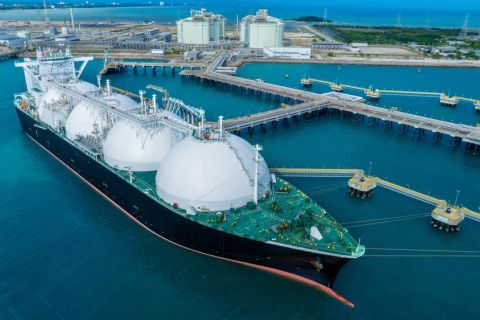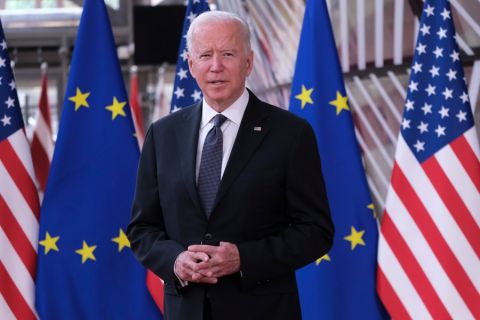LONDON—OPEC has cut its forecast for growth in global oil demand due to trade disputes and pointed to the risk of a further reduction, building a case for prolonged supply restraint in the rest of 2019.
The producer group and its allies meet in the coming weeks to decide whether to maintain supply curbs. Some members are worried about a steep slide in prices, despite demands from U.S. President Donald Trump for action to lower the cost of oil.
World oil demand will rise by 1.14 million barrels per day (bbl/d) this year, 70,000 bbl/d less than previously expected, OPEC said in a monthly report published on June 13.
“Throughout the first half of this year, ongoing global trade tensions have escalated,” OPEC said in the report. “Significant downside risks from escalating trade disputes spilling over to global demand growth remain.”
OPEC, Russia and other producers have since Jan. 1 implemented a deal to cut output by 1.2 million bbl/d. The alliance, known as OPEC+, is due to meet on June 25-26 or in early July to decide whether to extend the pact.
Despite the supply cut, oil has tumbled to $62 a barrel from April’s 2019 peak above $75, pressured by concern over the U.S.-China trade dispute and an economic slowdown, though prices jumped 4% on June 13 after suspected attacks on two oil tankers in the Gulf of Oman.
In addition to lowering its demand forecast, OPEC said oil inventories in developed economies rose in April, suggesting a trend that could raise concern over a possible oil glut.
Stocks in April exceeded the five-year average—a yardstick OPEC watches closely—by 7.6 million barrels.
Output Drop
OPEC’s share of the agreed oil supply reduction is 800,000 bbl/d, but the report showed producers were cutting much more.
Vienna-based OPEC said its output fell in May as U.S. sanctions on Iran boosted the impact of the supply pact. Production by all 14 OPEC members dropped by 236,000 bbl/d from April to 29.88 million bbl/d.
Supply from Iran posted the biggest decline, by 227,000 bbl/d, as Washington tightened the screws on Iranian exports.
Top exporter Saudi Arabia made a further voluntary cut, helping to offset increases in Iraq and Angola.
The 11 OPEC members required to cut output achieved 143% compliance in May with pledged curbs, Reuters calculated, compared with 150% initially reported in April.
OPEC estimates it needs to provide an average of 30.52 million bbl/d in 2019 to balance the market, a figure lowered by 60,000 bbl/d month-on-month due to the weaker outlook for global demand.
This suggests there will be a 2019 supply deficit of over 600,000 bbl/d if OPEC keeps pumping at May’s rate and other things remain equal. Last month’s report had indicated a smaller deficit.
Recommended Reading
US Eases Tailpipe Rules, Slows EV Transition Through 2030
2024-03-20 - The Biden administration is unveiling final rules on March 20 that make it easier for automakers to continue selling gas-powered models and slows the projected transition to electric vehicles through 2030.
US Finalizes Big Reforms to Federal Oil, Gas Drilling
2024-04-12 - Under the new policy, drilling is limited in wildlife and cultural areas and oil and gas companies will pay higher bonding rates to cover the cost of plugging abandoned oil and gas wells, among other higher rates and costs.
US EPA Expected to Drop Hydrogen from Power Plant Rule, Sources Say
2024-04-22 - The move reflects skepticism within the U.S. government that the technology will develop quickly enough to become a significant tool to decarbonize the electricity industry.
GOP’s Reaction to White House LNG Pause Takes Shape
2024-01-31 - The U.S. House Energy, Climate and Grid Security subcommittee set the date for a hearing on the Biden administration’s recent pause on LNG export approvals for Feb. 6; Republican Louisiana Sen. John Kennedy pledges to block Biden nominees.
Belcher: Election Year LNG ‘Pause’ Will Have Huge Negative Impacts
2024-03-01 - The Biden administration’s decision to pause permitting of LNG projects has damaged the U.S.’ reputation in ways impossible to calculate.


